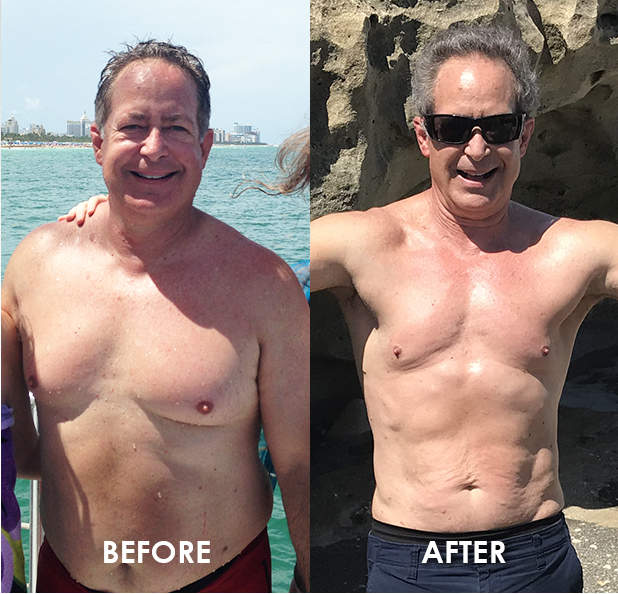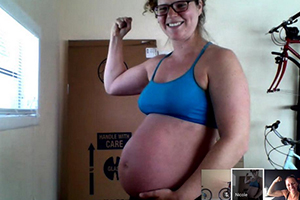On June, 29th 2013, I am bringing a group of South Florida runners together to partake in the Neon Vibe 5K in Fort Lauderdale, Florida. In an effort to help my 5K team and other running enthusiasts perform well during their running events, I have compiled a list of common runner’s mistakes to avoid as well as tips to follow to achieve the best time without experiencing an injury.
1. WARM UP WITH DYNAMIC STRETCHING — This is by far the most important aspect preventing an injury while running. Dynamic stretching involves moving parts of your body and gradually increasing reach and speed of movement. When you stretch before and after workouts, you probably do what is referred to as Ballistic stretching, which uses the momentum of a moving body or a limb in an attempt to force it beyond its normal range of motion. Do not confuse dynamic stretching with ballistic stretching. Incorporating dynamic stretching into your pre-workout routine will improve your flexibility, range of motion and reduce the risk of injury. Such stretches and warm up routines that you can do include Walking Lunges, Leg Lifts, Butt Kicks, Pike Stretches, Hacky Sacks and Toy Soldiers.
2. PROPER FORM AND TECHNIQUE – The lackadaisical side of you may encourage you to flop around as you please while you run, but this will significantly increase your chances of injury. Posture, alignment, pelvis stability and hip strength are essential components to maintaining a proper running form. If you are conscious of all of these elements, your running form and technique are likely to significantly improve. When practicing for a running event, consider running barefoot to avoid heel striking. This may sound a bit strange, especially to new runners, but this training method is key to not being a part of the 75% of runners who heel strike and increase their chances of experiencing an injury. Avoiding heel striking will increase your velocity, leading to a decrease in your running time, which is ultimately what every runner wants. As an alternative, some runners wear minimal footwear in an effort to prevent heel striking.
3. PACE YOURSELF – You can truly identify the well practiced runners from the beginners by the speed of take off in the beginning of a running event. Typically, a beginner will start off with extreme intensity and eventually “die out” due to the long distance of the running event. It is important to pace yourself in a bell curve intensity. Start your run with a moderate intensity and maintain a steady speed with a progressive increase followed by a gradual cool down at the end. Remember that your running speed is a result of your stride length multiplied by your stride frequency. By focusing on increasing your cadence, or the number of steps you take per minute, while not over-striding, you can increase your running efficiency.
4. JUST RELAX – Many runners find it hard to relax their upper body when running, and this affects their momentum, which will ultimately slow them down and increase their completion time. Keep the angle of your elbows at 90 degrees, and be sure not to release that angle in the backswing, as it will only waste precious energy. One helpful tactic that will help you relax during a running event includes raising your shoulders to your ears at each mile marker, followed by simply dropping them back down into their relaxed position.
If you would like to receive more running tips and other physical therapy or personal fitness advice, sign up for my Fitness With Maria monthly email blast by emailing your complete name and telephone number to: Info@MariaPontillo.com. Make sure to follow me on Instagram, Facebook &Twitter to get daily updates + tips about fitness and physical therapy topics!










Thank you for following our blog. We sincerely appreciate your support.
-Marpay Fitness
Thank you for stopping by my blog and for following. You have a great blog here with some awesome content – keep up the good work 🙂